The science is overwhelmingly clear that our water systems are stressed.
Temperatures are warmer. Snowpack and runoff are in decline. Our population is growing and is collectively consuming more. In the Interior West, we already use more water each year than many river systems provide. As a result, rivers and their tributaries are drying up, threatening the livelihoods of humans, wildlife, and plants. As climate change continues to worsen and water demands increase, it’s time for action. Water reuse, also known as water recycling, is one important solution to the Interior West’s water shortage.
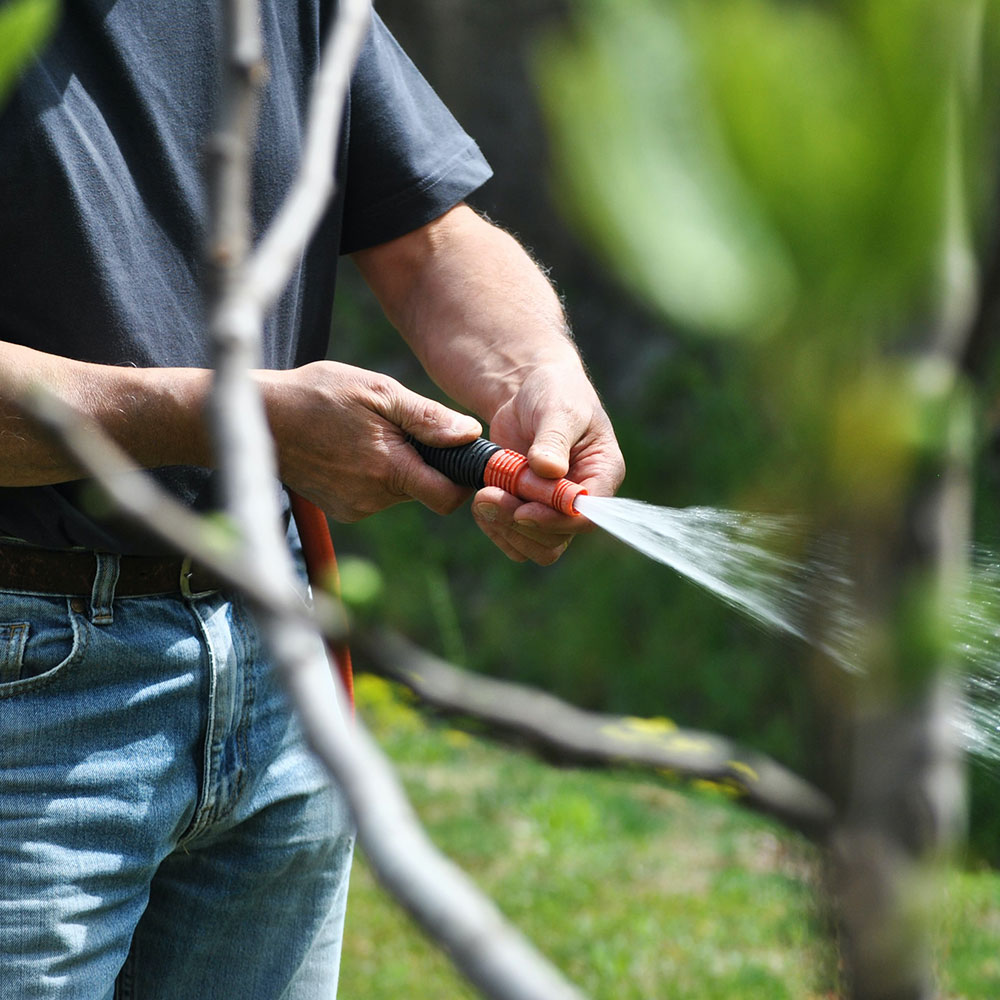
Why Water Reuse?
Water reuse stretches our limited supply of water to meet more demands by recycling water from a variety of sources and treating it to be reused for drinking, industrial processes, agriculture, and surface or groundwater replenishment. Reusing water takes the pressure off streams and rivers to meet increasing demands. Water reuse enhances water security, makes our current supplies more sustainable and resilient, and can be more cost effective than developing many other water supply alternatives. Ever-improving water purification treatment technologies also help drive more states and communities around the Interior West to pursue reuse in earnest. And while we’ve made great strides in advancing water reuse, there is still a lot more work to do and lots of potential water savings to achieve.
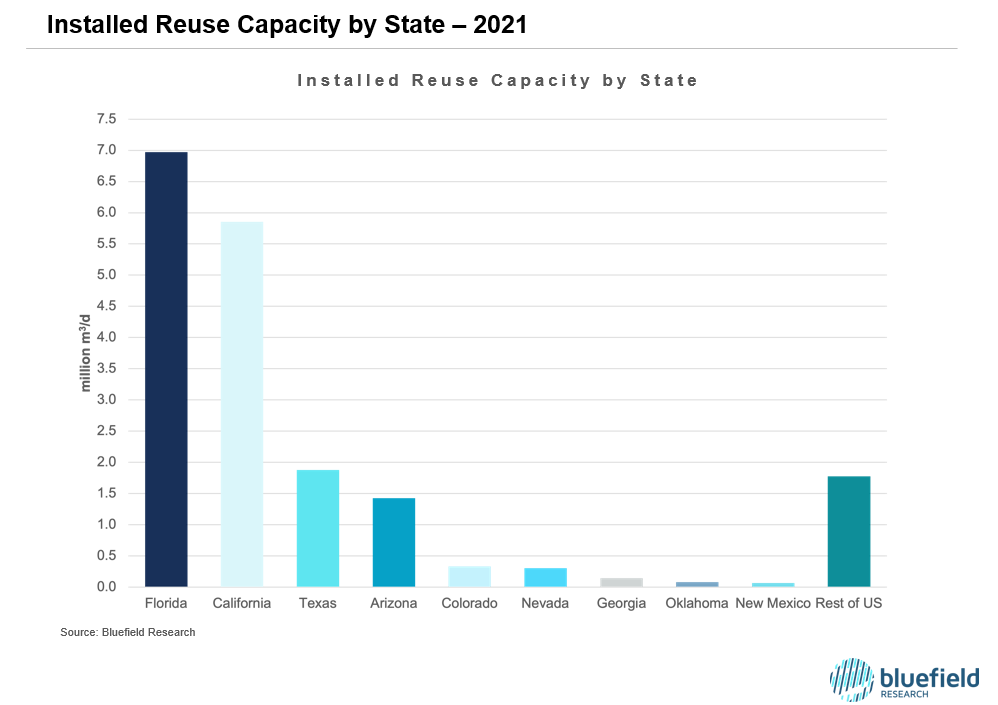
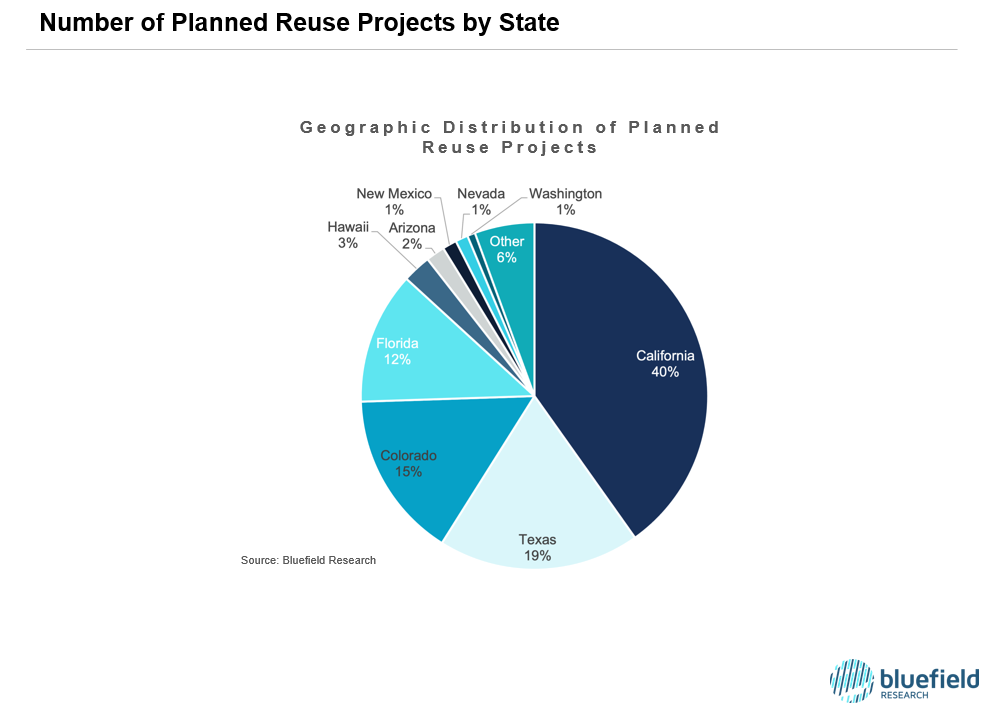
Why Doesn’t Every Community Implement Water Reuse?
The answers varies community by community. Some may have sufficient water supplies, so a reuse program to stretch their supplies is not needed. Others may have more preferable alternative water supply options or may not have any water supplies that can be legally reused. Reuse regulations and water laws vary by state and can limit the ways in which recycled water can be reused, as well as a community’s legal ability to reuse all or a portion of their water supplies. In some states only certain types of water — for example, water imported from another watershed — may be legally reusable. The first thing a community must do before evaluating if reuse is right for them is to confirm they can legally recycle all or a portion of their water supplies. If they can, then they may determine the ways in which that water can be used and if reuse makes sense.
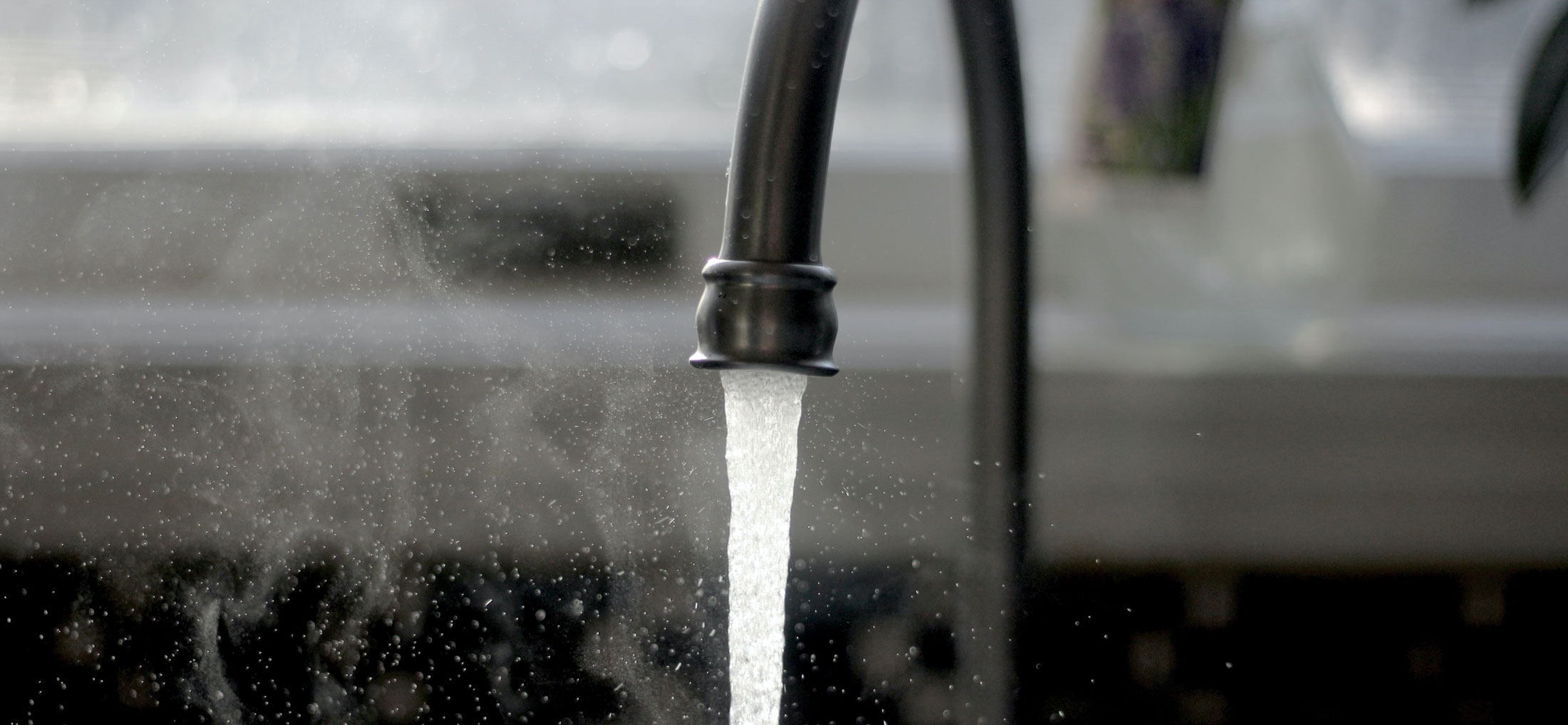
Different Types of Water Reuse
All water on Earth is reused thanks to the water (or hydrologic) cycle, but we can also intentionally reuse water in our own communities. The most common type of reuse that happens is called de facto reuse. That’s when water is used by one entity — a community, farmer, rancher, industry or other water user — and return flows are released back to the environment (a stream or river) and is then diverted by another entity for their own use. This type of reuse happens all the time all over the planet.
In contrast, WRA’s water reuse work is focused on helping communities recycle the water within their own systems to help serve more customers with the same volume of water. There are three main ways to do this:
Potable Water Reuse
Potable water reuse is when water that has been used in homes and businesses is treated, and often blended with other water supplies, to create a safe and reliable drinking water supply. There are two types of potable reuse:
Indirect Potable Reuse
If treated wastewater is discharged to the environment (streams, lakes, groundwater) before being re-diverted and further treated, that is called indirect potable reuse. Once water is discharged to a river, lake or groundwater, it is considered a regular “raw water” supply source and state and federal drinking water quality requirements apply.
Direct Potable Reuse (or Purified Water Reuse)
If treated wastewater is maintained within a system for recycling and is treated using advanced technologies to purify it to safely meet drinking water quality standards, that is called direct potable reuse (DPR). Interest in DPR is high, but as a new source of water, many states don’t yet have water quality regulations in place to allow and guide its use — something that is quickly changing — and WRA is helping lead the way.
Direct potable water reuse, or purified water reuse, refers to recycled water that has been treated to be used for drinking. DPR is a new water supply that will play a critical role in ensuring a sustainable water future for our communities and helping reduce pressure on our streams and rivers. To produce purified water, wastewater is sent to community wastewater treatment plants and treated so that it is safe to discharge to the environment. However, rather than being discharged, it is instead sent to an advanced treatment water purification facility to ensure it meets the public health standards for human consumption.
Purified water reuse is emerging as a significant and stable supply of water as a result of increasingly advanced technology. Gaining widespread public understanding and acceptance involves coordinated outreach and education. And many states are developing regulatory frameworks to govern water quality and purification technology requirements.
WRA has been instrumental to moving direct potable reuse ahead in Colorado:
- In 2020, Colorado Springs Utilities was awarded a grant from the Colorado Water Conservation Board for their PureWater Colorado Mobile Demonstration project. The project, designed by Carollo Engineers and constructed inside a mobile trailer by the Colorado School of Mines, applies advanced purification processes to recycle reclaimed water to produce potable water that meets state and federal drinking water standards. The mobile DPR trailer is an important resource that can now be used by water providers around the state to help evaluate the potential role of DPR in their communities. WRA worked closely with WRCO, Denver Water and others to help ensure the success of the first PureWater Colorado DPR demonstration project hosted at Denver Water’s Recycled Water Treatment Plant in 2018. The project relied on targeted audience tours and DPR water, beer and wine tastings to demonstrate how proven advanced treatment technologies can safely create purified water for drinking.
- Since 2015, WRA has been working with WaterReuse Colorado (WRCO), the Colorado Department of Public Health and Environment (CDPHE), and many others to develop new state water quality regulation to safely allow for direct potable reuse. We’ve spearheaded and helped manage two projects with technical, public health, communications and other experts to help develop a framework for DPR regulations in Colorado. Most recently we helped secure funding and serve on the Steering Committee for a CDPHE Stakeholder Process that is developing a DRP regulatory proposal that will be used for a Water Quality Control Commission (WQCC) rulemaking hearing scheduled for October 2022. The rulemaking is the final step in implementing new direct potable reuse regulations for Colorado. There is much support for and anticipation of the new regulations, with at least one water provider already waiting for the new regulations to implement a direct potable reuse project.
- WRA has organized and participated in numerous water conference sessions on reuse, helping to educate the public, water managers and other decision makers about reuse, and specifically DPR. We have worked on reuse webinars, a radio show, and headline articles in Headwaters Magazine and Fresh Water News. We have also presented to state legislators to inform them of the state of reuse and future opportunities in Colorado.
Non-potable Water Reuse
Treating water to meet drinking water quality standards is expensive and requires a lot of energy and other inputs (e.g., chemicals, membranes, specialized equipment, and more). Much of the water we treat to drinking water quality in the U.S. is actually used for things that don’t require water of such high quality. For example, in many communities in the West, approximately 50% of water use is for outdoor landscape irrigation. It can be more practical to recycle water by treating it to ensure it’s safe for the intended use, such as outdoor irrigation, and not overtreating it to drinking water quality standards.
Most states have implemented water quality regulations that list different uses, quality, and treatment requirements for non-potable reuse. While outdoor landscaping often makes up the majority of non-potable recycling, there are a lot of other uses allowed in different states, including for the energy industry, dust suppression on construction sites, snowmaking, ice rinks, zoo operations, and vineyard irrigation.
Non-potable reuse is often referred to as “reclaimed water” and sometimes “purple pipe water.” Because non-potable water is lower quality than drinking water, it must be delivered in a separate and unique set of pipes that are clearly differentiated as being for non-potable water delivery. The city of Irvine, California, became the first community to implement separate and unique non-potable water delivery through purple pipes and the color — “Irvine Purple” — is now the national standard. Pipes that are purple or marked as being non-potable at required intervals as being for non-potable water, help ensure that reclaimed water and drinking water systems don’t get mixed up. Installing and maintaining a reclaimed water distribution system is expensive and can be difficult to implement in existing developments. Therefore, communities do well to consider upfront and ongoing costs when evaluating if a non-potable reuse project is right for them. In some cases, though treatment costs are more, pursuing potable reuse may ultimately make more sense.
WRA has actively worked to expand ways non-potable water can be used in Colorado:
WRA White Paper Surveying Key States’ Reuse Regulatory Frameworks
- WRA developed a white paper examining how key states that are leaders in water reuse structure their reclaimed water quality regulations. The project was funded in part by the Pollution Prevention Advisory Board of CDPHE and was developed in response to interest by Colorado regulators, reclaimed water treaters, state water planners, and other stakeholders in increasing opportunities for reuse while ensuring public health and the environment are protected. This white paper helped inform a 2018 Regulation 84 (reclaimed water use) water quality rulemaking that added several new uses for reclaimed water.
WRA Supporting New Uses in Reclaimed Water Regulation
- In 2018, WRA was one of the key supporters of legislation requiring the WQCC to conduct a rulemaking to add edible crops and hemp irrigation as new reclaimed water uses. WRA also provided supportive testimony during the rulemaking at which the WQCC approved of those uses as well as toilet and urinal flushing. Increasing approved uses of reclaimed water provides additional opportunities to recycle water.
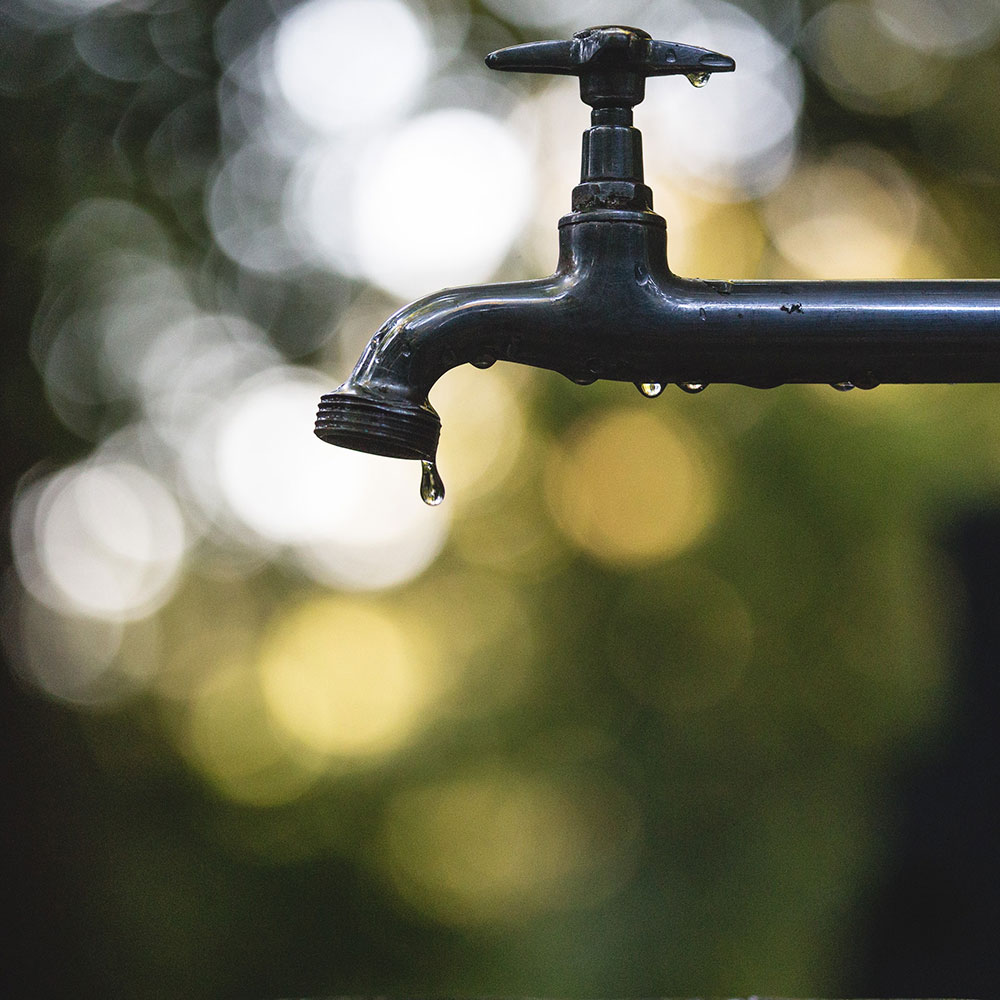
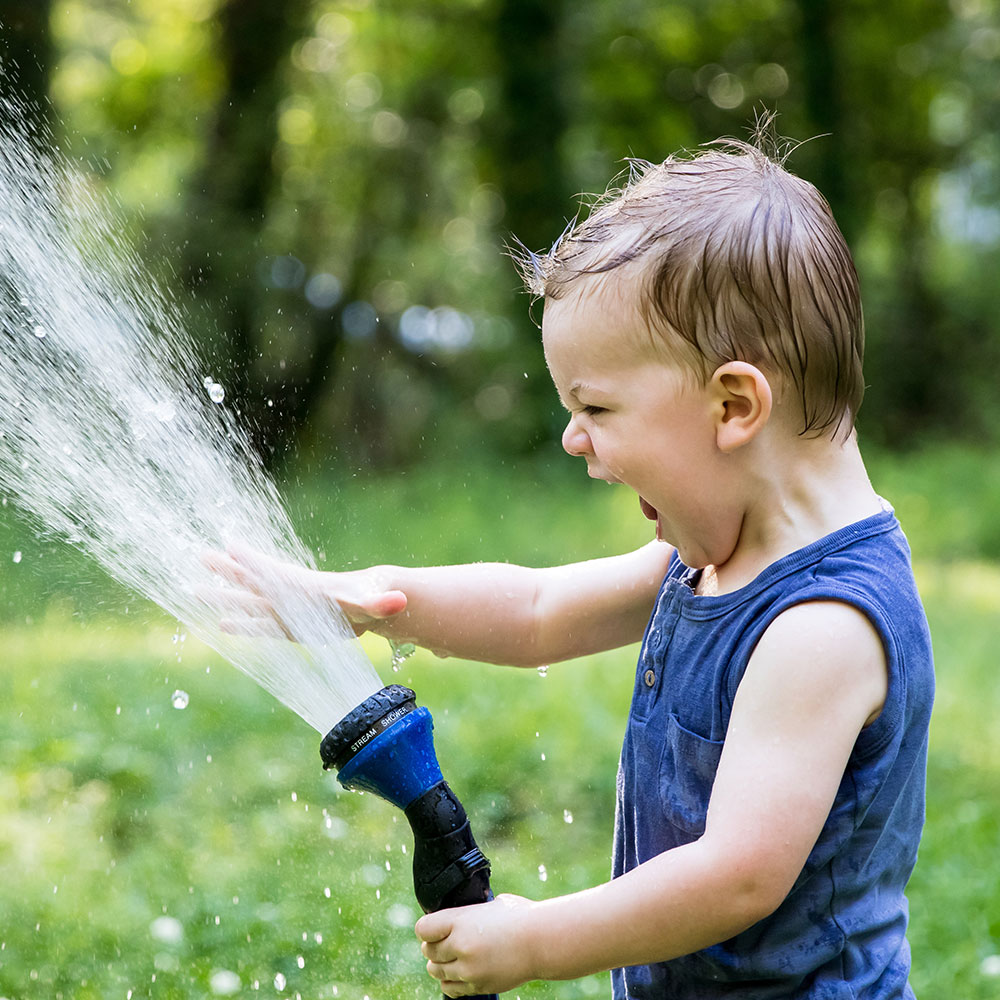
Graywater Reuse
Graywater reuse is one way individual property owners and communities can recycle water to get more use from drinking water delivered to homes and other buildings. Graywater reuse is when water from bathroom sinks, showers, bathtubs, and washing machines is used a second time within the same building or on the same property, without being treated elsewhere before being used again. It’s important to note that “black water,” or water used for toilets, kitchen sinks, and dishwashers is different and is not considered graywater as it requires additional treatment to be safe for reuse.
Some forms of graywater systems have been around for decades, but policies to encourage, incentivize, or require them in new developments in our region are just now becoming more commonplace. Communities are realizing that graywater can be a reliable and safe supply of water, reducing overall consumption in the municipal and industrial sector.
In general, there are two types of graywater systems that can be installed in homes, businesses, and other municipal and industrial buildings:
Laundry to Landscape Graywater
The simplest graywater system, often referred to as a “Laundry-to-Landscape” (L2L) system, allows water used in washing machines to be diverted outside and applied to certain types of landscapes. Utilizing washing machine water, rather than potable water from an outdoor spigot or hose to irrigate trees, shrubs, bushes, and other landscapes, is an efficient way to take advantage of perfectly safe water that would otherwise be sent down the sewer. In winter months, when outdoor irrigation is not needed, or when certain types of laundry, like diapers, are being washed, a simple valve is flipped, sending wash water into the sewer like normal. L2L systems are relatively cheap and easy to install and reduce the amount of potable water used for outdoor irrigation. Some states and communities require property owners to obtain permits to install these systems, while others do not, instead requiring property owners to follow best practices.
Whole House Graywater
Whole house graywater is a more comprehensive graywater system compared to L2L systems. It takes water draining from bathroom showers, tubs, and sinks and uses it for toilet flushing. Toilets typically use the most water of any appliance within a home so using graywater for toilet flushing can result in significant indoor savings. Alternatively, whole house graywater systems can be used for certain outdoor landscaping, similar to L2L systems. Whole house systems require changes or additions to a building’s plumbing system so may be cost prohibitive to retrofit in existing buildings and are typically installed in new construction. Individual communities can make a huge difference by encouraging or requiring these systems in their guidelines for new construction. For example, some communities require “stub-outs” in the plumbing of new construction, which allow future property owners to easily install the complete whole house system without the need to re-do the building’s plumbing system.
Examples of our graywater work:
- Graywater was legalized in Colorado in 2015 through Regulation 86 and as of 2022, the graywater regulation was up for review by the Colorado Department of Public Health (CDPHE) and the Water Quality Control Commission (WQCC). WRA is involved in the State’s stakeholder engagement process and our goal is to see the regulation streamlined and simplified to ultimately allow many more Coloradoans to install graywater systems.
- The City of Moab is interested in adopting a water efficient landscaping ordinance to reduce potable water demand for landscaping installed in new and redevelopment. The ordinance will include a significant graywater incentive that will allow homeowners and businesses that install a graywater system to increase their allotted landscape water budget allowance, set by the ordinance. This ordinance is being developed in partnership with WRA.
- In 2020, the City of Golden adopted a laundry-to-landscape graywater ordinance, the first of its kind in Colorado, which allows for simple, laundry-to-landscape systems to be installed in new and existing residential development, in order to reduce potable water demand for landscape irrigation. The program was developed in partnership with WRA and includes funding for pilot demonstration projects throughout the city.
WRA strongly supports changes to state water quality regulations and local ordinances to make graywater more accessible throughout our region. In Colorado, WRA has worked directly with communities to develop, adopt, and implement local graywater ordinances and with the Colorado Department of Health and Environment to recommend changes to the relevant state regulation.
If done correctly, graywater systems are incredibly safe and effective ways to give certain types of water a second use and reduce the amount of potable water needed in our homes and businesses. As our water supplies continue to be stressed, finding new and innovative supplies like graywater are only going to be more essential to help keep our communities and rivers vibrant and resilient.
